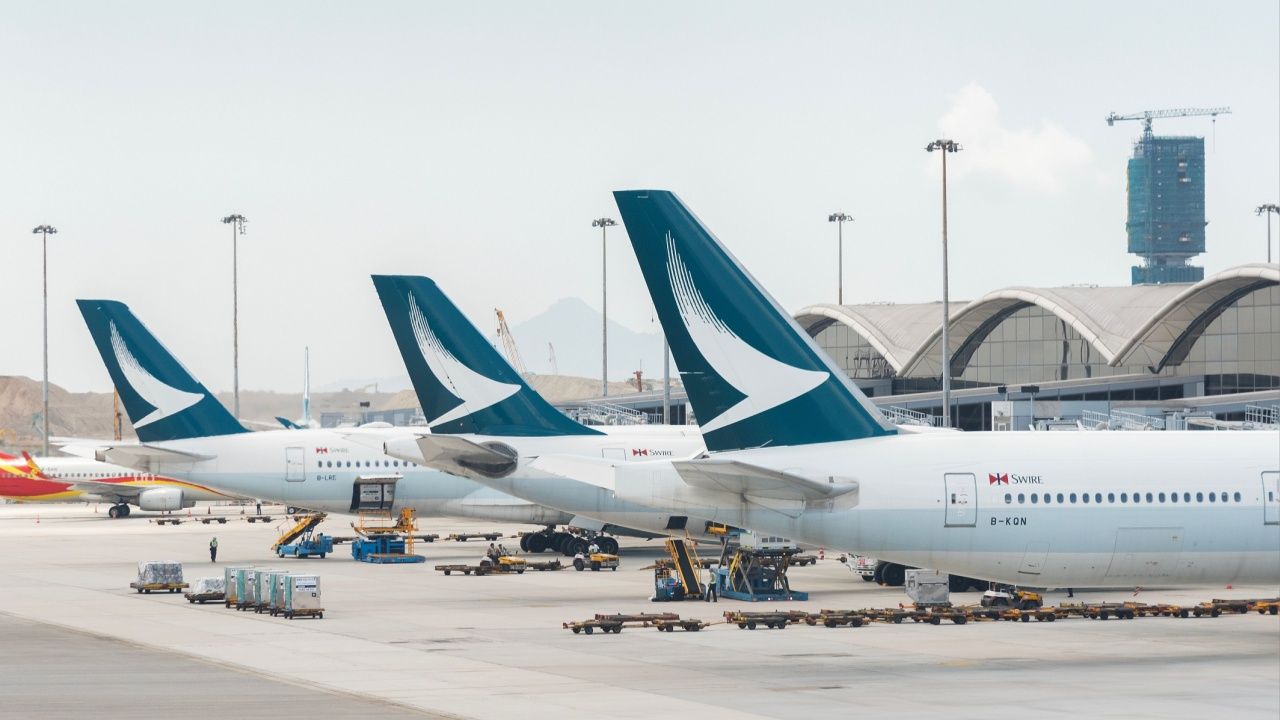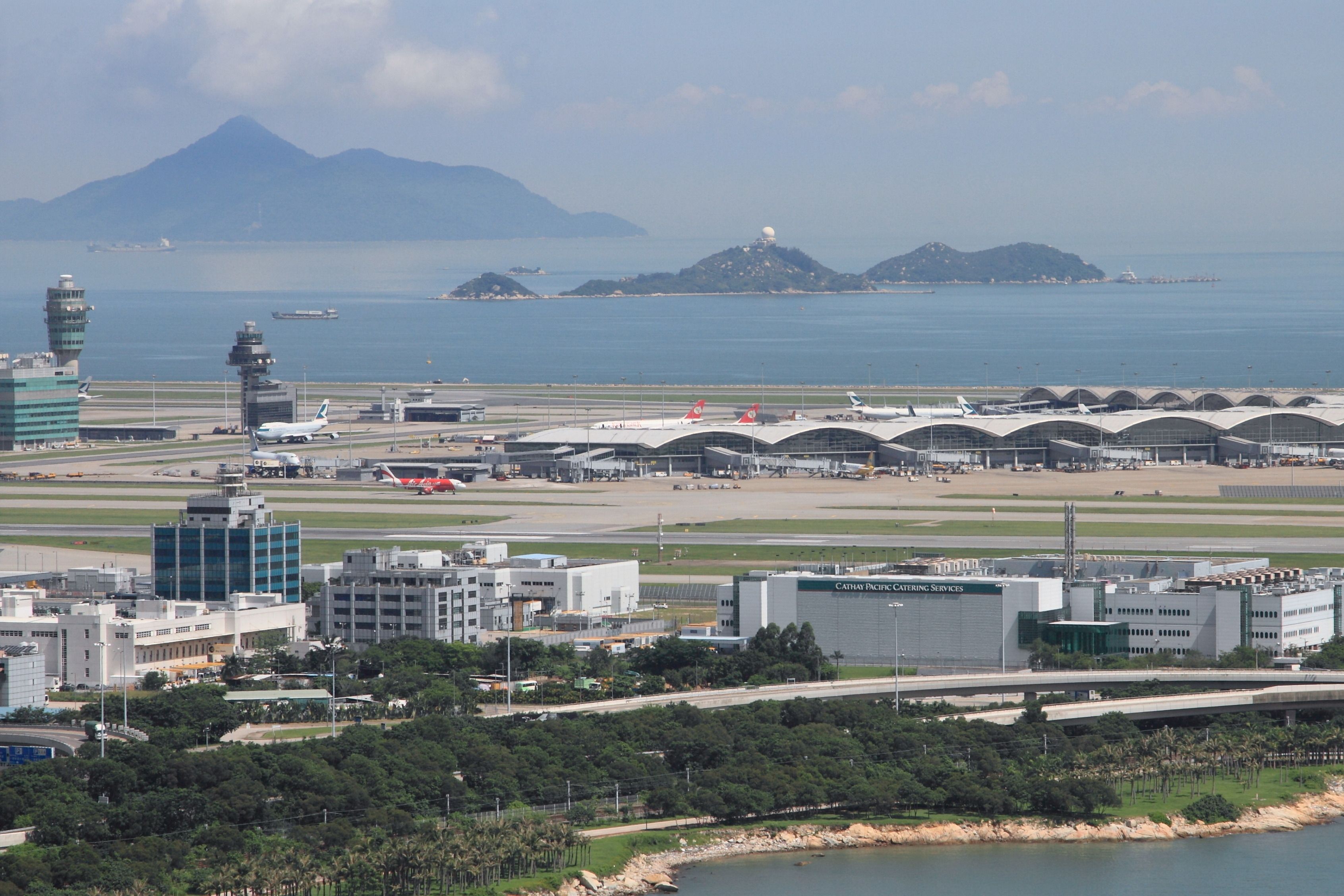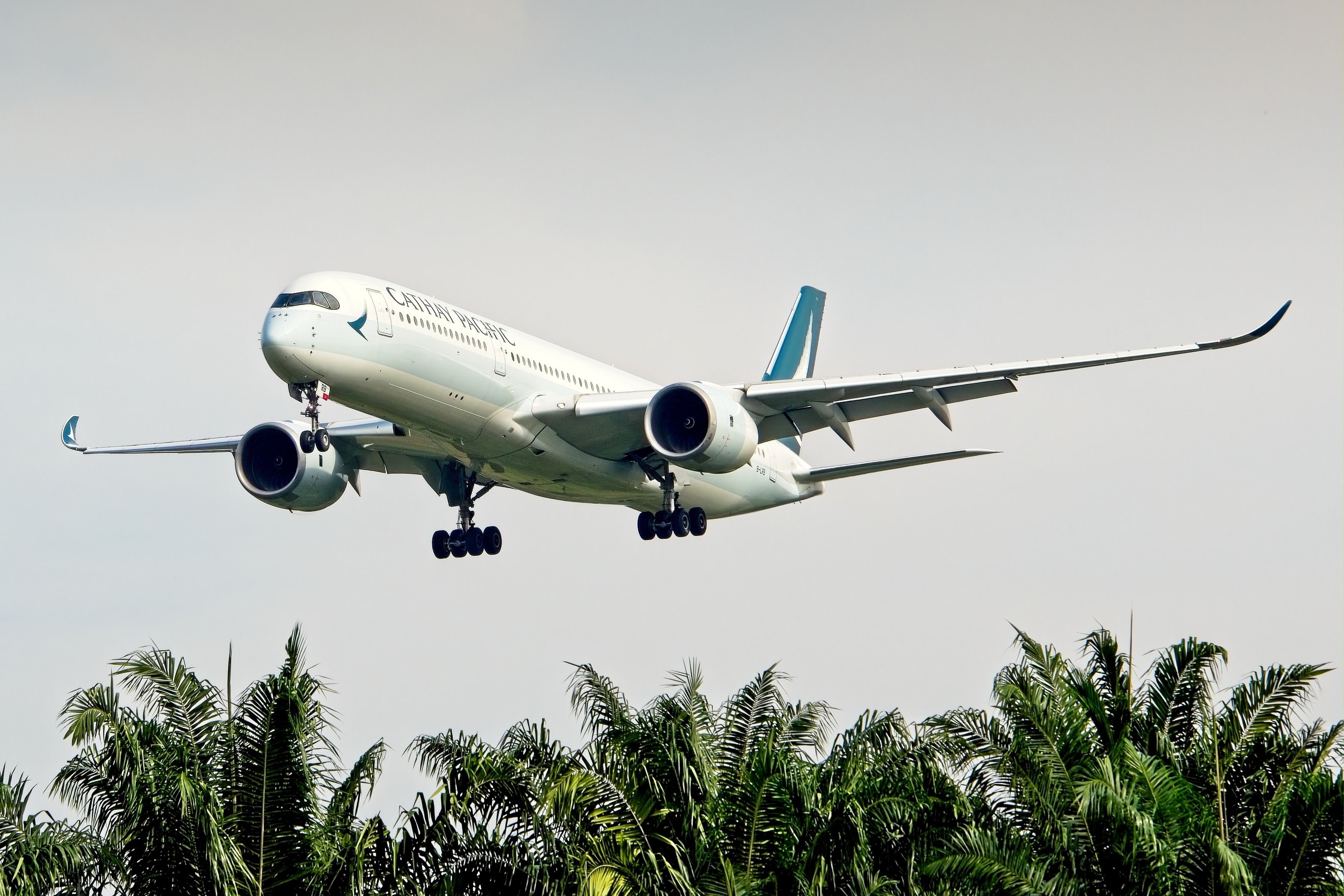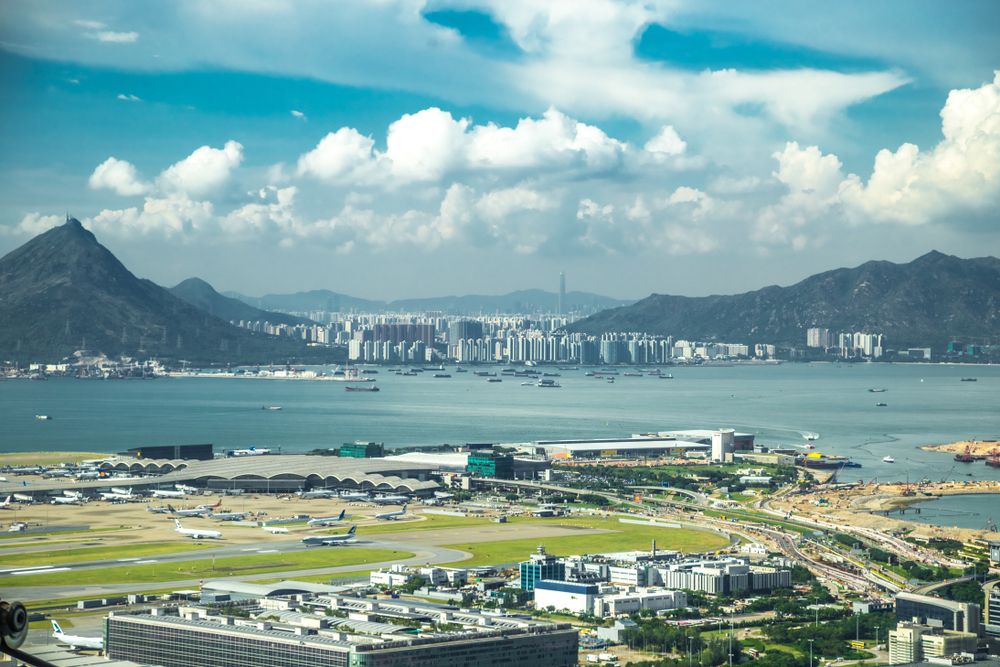Summary
- Hong Kong Airport is a vital hub due to its prime location and significance in cargo, handling 4.3M tons annually.
- The airport’s recovery post-pandemic is at 80%, seeing around 160K passengers daily, close to pre-pandemic levels.
- A three-runway expansion project is underway to accommodate future air traffic growth, one of the largest infrastructure projects in Hong Kong.
During an interview with Simple Flying, Hong Kong International Airport Executive Director of Airport Operations Steven Yiu shared why Hong Kong Airport is one of the busiest airports in the region and the busiest cargo airport. He also spoke about the airport’s recovery from the pandemic (which hit the airport for longer and harder than many other airports around the world). Hong Kong is also the hub of Cathay Pacific, Hong Kong Express, and other airlines.
Why Hong Kong Airport is a vital hub
Steven Yiu noted that Hong Kong is in the “heart of Asia” and that it is within a five-hour flight of 50% of the world’s population (mostly because of China, India, and other highly populated countries like Indonesia). He stated that Hong Kong Airport had been important since 1970 – before the development of China.
Photo: mary416 | Shutterstock
He also noted that the airport is doing well with cargo. Indeed, it is possible to see 6 or 7 cargo Boeing 747s at the airport at one time. He said, “We are the most busy cargo hub” and that the airport handles 4.3 million tons of cargo. In fact, according to the airport website, it has been the busiest cargo airport since 1996. Ever since the British set up a trading colony on Hong Kong Island, Hong Kong has been one of the main trading gateways to China.
Steven Yiu stated that Hong Kong Airport receives around 130 airlines, although the Hong Kong-based airline Cathy Pacific (together with Hong Kong Express) accounts for 45% or around half of the share. While much of the traffic is transit traffic, the airport is well-connected to the city’s mass transit system by an express train line. The train line connects to Tsing Yi Station, Kowloon Station, and Hong Kong Station.
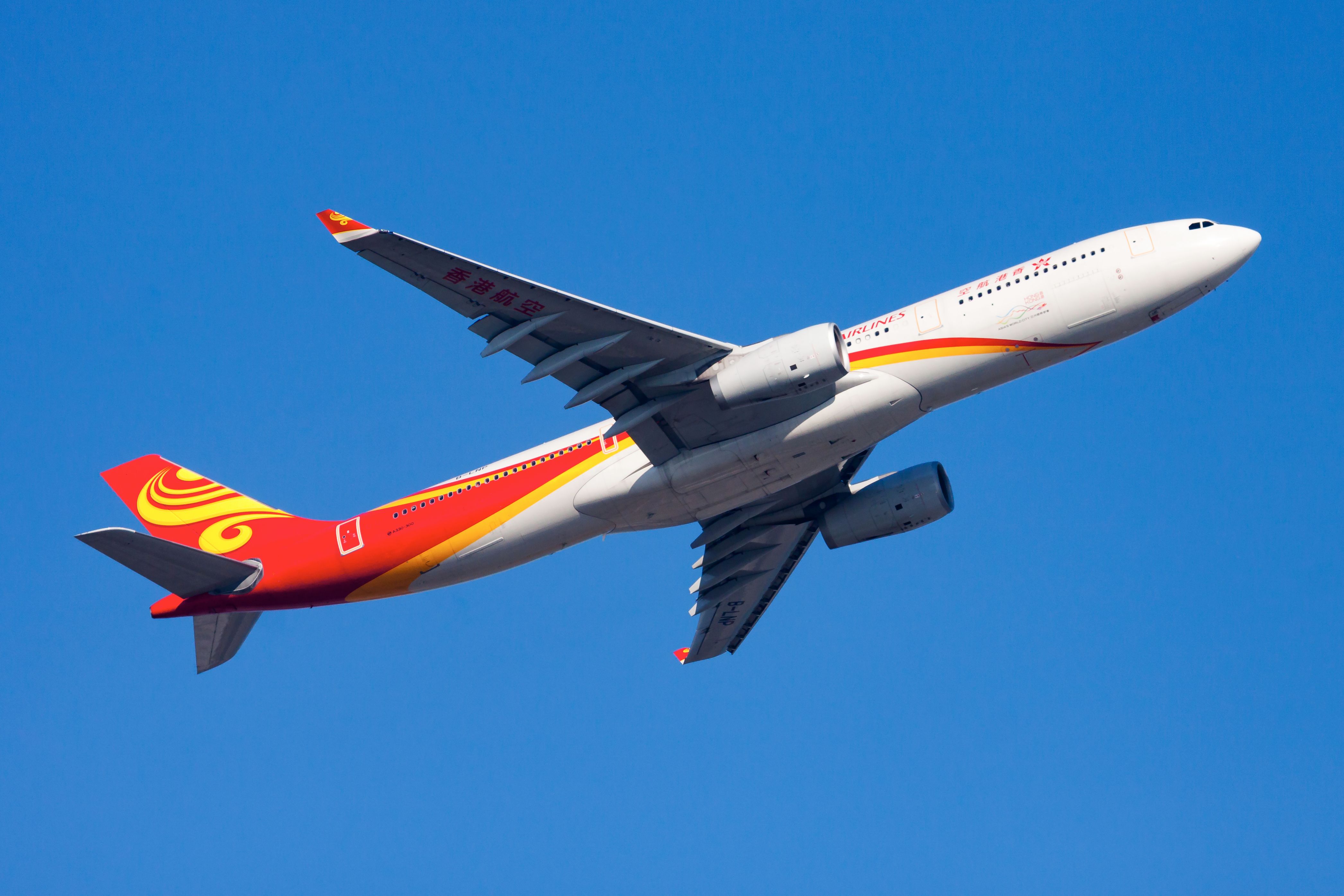
Related
Hong Kong Airlines Speeds Up Recovery By Adding Flights And New Services
With China reopened and its biggest market of Japan thriving, Hong Kong Airlines is ramping up services throughout Asia.
Photo: alphonsusjimos | Shutterstock
Hong Kong Airport’s COVID recovery
Before the pandemic, the airport handled around 75 million passengers annually and around 200,000 passengers daily. Hong Kong only lifted all the pandemic restrictions in March 2023, and now the airport has recovered around 80% (or around 160,000 passengers per day).
Simple Flying asked Yiu when he forecasts the airport to return to 100% pre-pandemic levels. Yiu replied that he anticipates the airport recovering fully to pre-pandemic levels by the end of the year or early next year. He said they are already close to recovery, but there is some uncertainty, including in the Hong Kong economy and the Mainland.
Photo: Valentin Ayupov l Shutterstock
Hong Kong’s three-runway expansion
Steven Yiu also spoke about how more land has been reclaimed to expand the airport and noted that the first stages were completed a couple of years ago. In anticipation of future air traffic growth, the Hong Kong Airport is being expanded to a three-runway system. This is one of the largest infrastructure projects in Hong Kong’s history. As passengers fly into the airport today, they taxi around a large new terminal still under construction.

